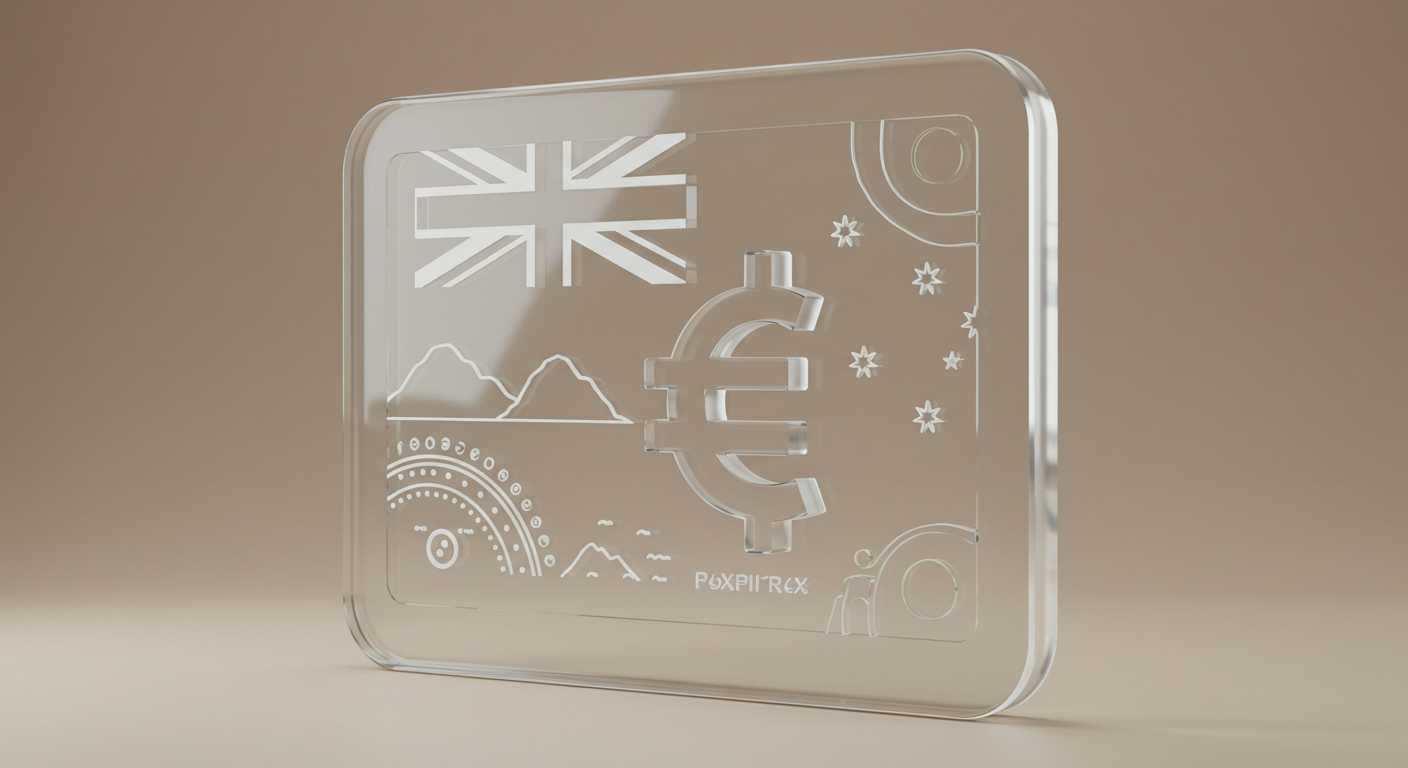
The dollar remained steady as the week approached its end, with USD/JPY showing an increase above 150.00. Meanwhile, EUR/USD and GBP/USD remained largely unchanged around 1.0400 and 1.2600, respectively.
Data releases included Germany’s January retail sales rising by 0.2% and a 1.1% increase in the import price index. February’s consumer price indices for France and Bavaria indicated moderate changes, while Italy’s remained stable at 1.7%.
European equities experienced a decline, although US futures were up 0.2%. Gold fell by 0.4% to $2,864.20, and Bitcoin dropped 4.8% to $80,258, nearing an important technical level. Upcoming US PCE price data and month-end flows are anticipated to influence market volatility.
The stability of the dollar suggests that markets are pausing ahead of new economic data and potential shifts in monetary policy expectations. The climb in USD/JPY beyond 150.00 points to persistent demand for the greenback, possibly from carry trade positioning or uncertainty around the Bank of Japan’s policy stance. In contrast, EUR/USD and GBP/USD holding steady implies a balance in market sentiment, with no immediate catalyst driving movement in either direction.
Economic data from Germany gives a mixed view of consumer activity and pricing pressures. A 0.2% rise in retail sales, though positive, suggests tepid consumer spending at the beginning of the year. Meanwhile, the 1.1% gain in the import price index hints at lingering cost pressures, which could feed into inflation if sustained. France and Bavaria’s consumer price indices reflecting only mild changes indicate a slow-moving trend in inflation for now, while Italy’s steady 1.7% points to stability in price growth.
European stock markets moving lower contrasts with the slight gains seen in US futures. This divide may reflect confidence in the American economy relative to concerns about growth prospects in the eurozone. The dip in gold, down 0.4% to $2,864.20, suggests reduced safe-haven demand, though the drop in Bitcoin is more pronounced, losing 4.8% and pressing against a key technical threshold. Price action in the cryptocurrency space will need watching, as further losses could trigger risk-sensitive moves elsewhere.
Attention now turns to upcoming US PCE price data, a key measure of inflation that could shape expectations around future Federal Reserve decisions. With month-end flows also in play, market movements may not follow typical patterns in the short term. Trading strategies will likely need to account for heightened volatility and positioning shifts as funds rebalance their portfolios.







